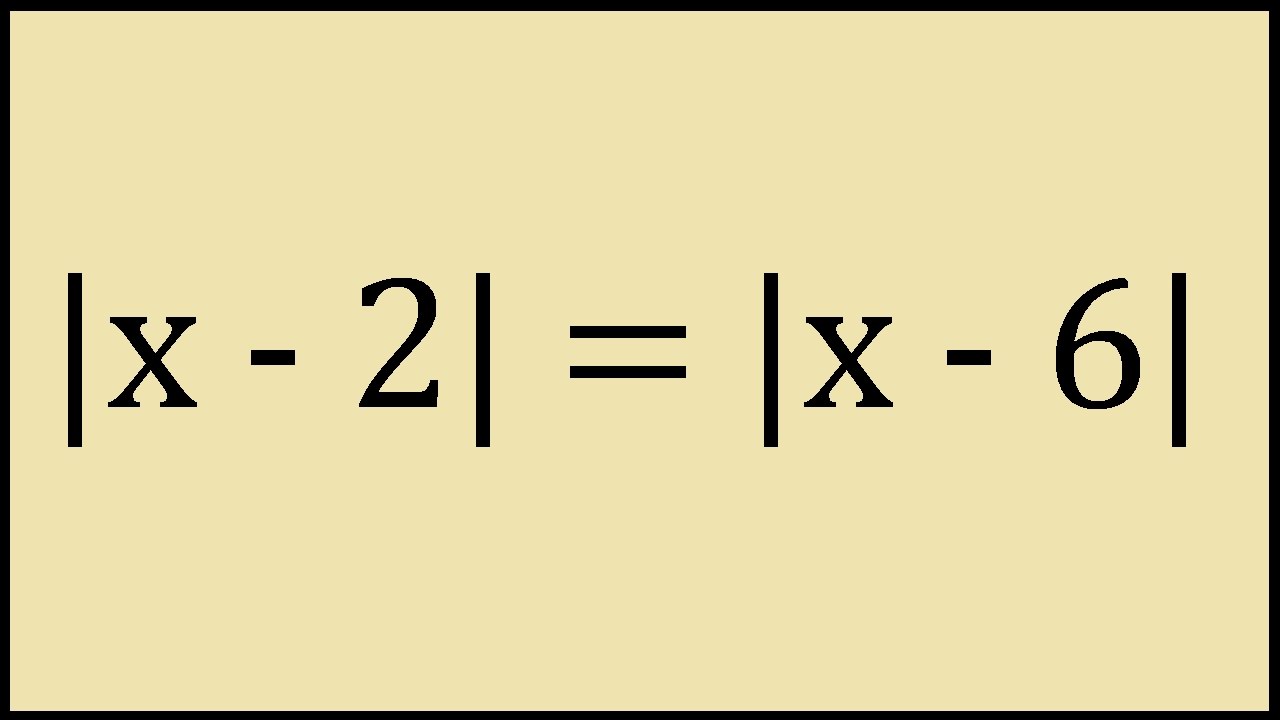The term “absolute difference” refers to the mathematical concept of finding the positive difference between two numbers or values, regardless of their order. The difference, taken without regard to sign, between the values of two variables or random variables. It is commonly referred to as the difference between two real numbers before any treatment is undertaken. The rationale for computing absolute difference is to learn the closeness between two numbers or number arrays, so ascertain whether the two numbers array of numbers is a possible match or not. It is often used in fields such as economics, statistics, and engineering to measure the deviation or distance between two sets of data.
Practical Applications
In practical applications, calculating the absolute difference can help identify patterns or outliers in data sets, assess the accuracy or reliability of measurements, and evaluate the effectiveness of various models or strategies. For example, in finance, the absolute difference between the actual and forecasted stock prices can indicate the degree of market volatility or investor sentiment. In healthcare, the absolute difference in patient outcomes between different treatment options can inform medical decision-making and policy-making.
Absolute Difference in Extended Multidimensional Spaces
Furthermore, the concept of absolute difference can be extended to multidimensional spaces, where the absolute difference between two points can be calculated using various distance metrics such as Euclidean, Manhattan, or Minkowski distance. This allows for a more nuanced and comprehensive analysis of complex systems or datasets. Overall, understanding and utilizing the concept of absolute difference is essential for quantitative analysis and decision-making in a wide range of fields. Finding absolute differences helps in decision-making, for example, a manager may find the absolute difference between the orders of the same product from different countries, by converting the currency value. If the absolute difference is not large, say within the range of $5, both orders are denoted as possible matches. In statistical tests, say in A/B testing, the absolute difference can be computed for two variables, by taking the difference between their means or proportions values. The formula used for this is stated as under:
Means-
𝛿𝑎𝑏𝑠 = 𝜇1 − 𝜇2
Proportions-
𝛿𝑎𝑏𝑠 = 𝑝1 − 𝑝2
Example
For instance, if the proportion of series A and B are 0.8 and 0.5 respectively, then the value of absolute difference will be-
𝛿𝑎𝑏𝑠 = 0.8 − 0.5 = 0.3
Similarly, in case of a simple A/B split test, whereby the treatments are 4ategorized as control and treatment groups, then the absolute difference is used to check for the overall difference in the performance of the treatment. That is, it provides the scale of difference between various treatments. It can be further explained using the following hypothetical example-
Treatment ID Samples (n) Success Success Rate
Control 4587 678 14.78%
Treatment 1 4896 890 18.17%
For the above example, the difference between the success rates for treatment 1 and the control group becomes the absolute difference, which is 18.17% – 14.78% = 3.39%. It can, therefore, can be implied that the treatment outperformed the control or non-treatment group by an absolute difference of 3.39%.

